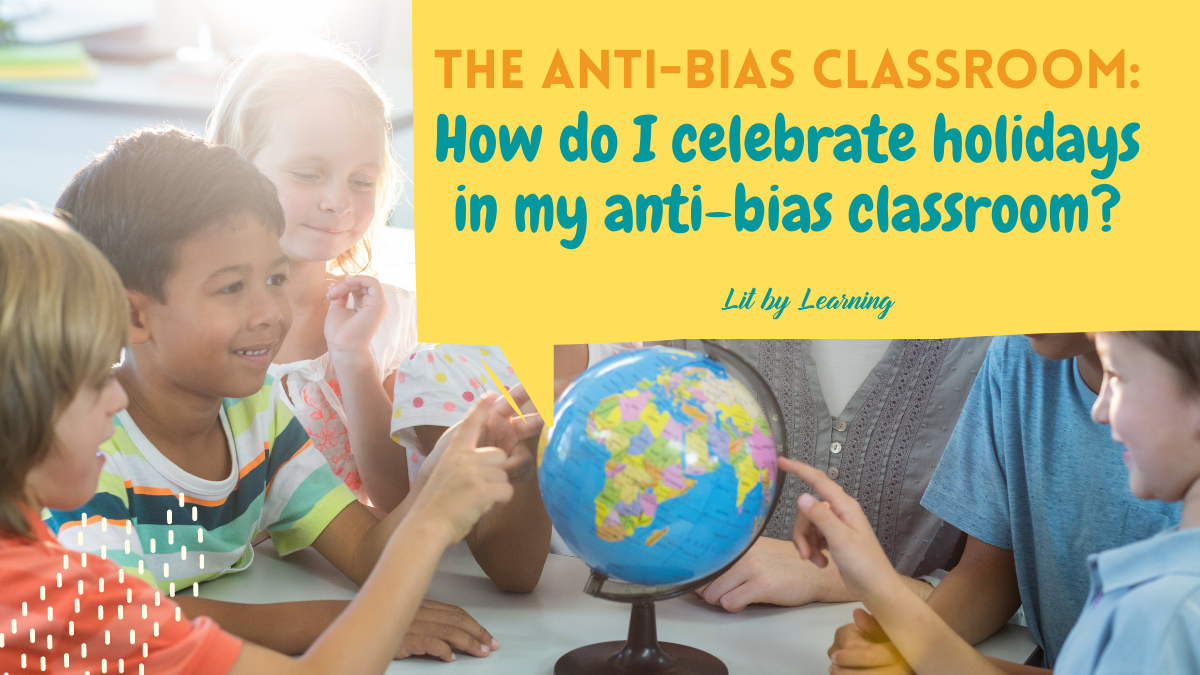Early elementary teachers: You are doing your best to create the richest, most inclusive, student-centered anti-bias classroom you can – great! But then the holidays roll around. Your Pinterest feed is filled with cute thankful turkey crafts and parents start inquiring about when the class Christmas party will be. What do you do?
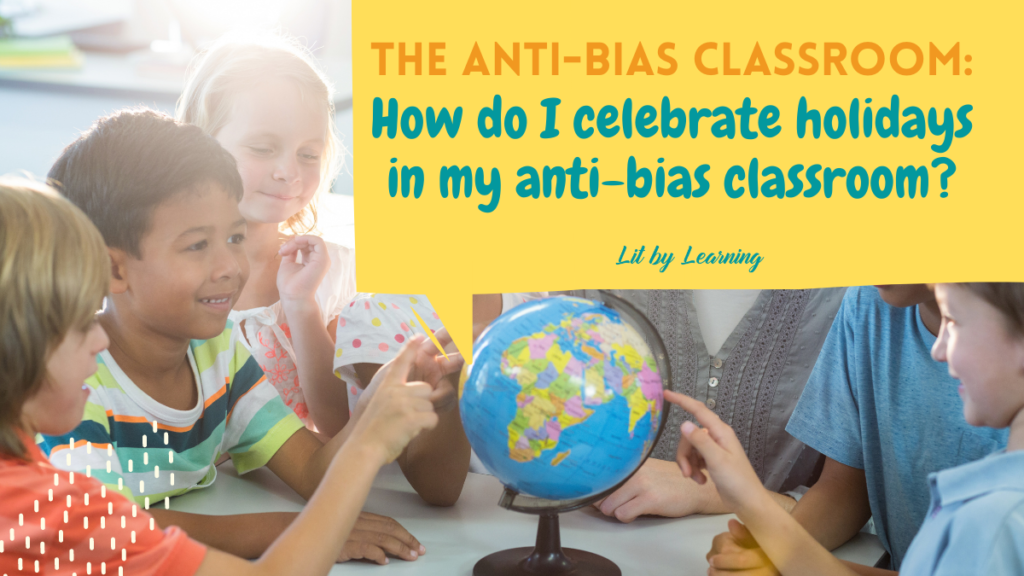
Do you wonder, like I do, how to approach the holidays while building an anti-bias classroom? Learn with me as I summarize some helpful articles from reliable sources about anti-bias classrooms during the holidays!
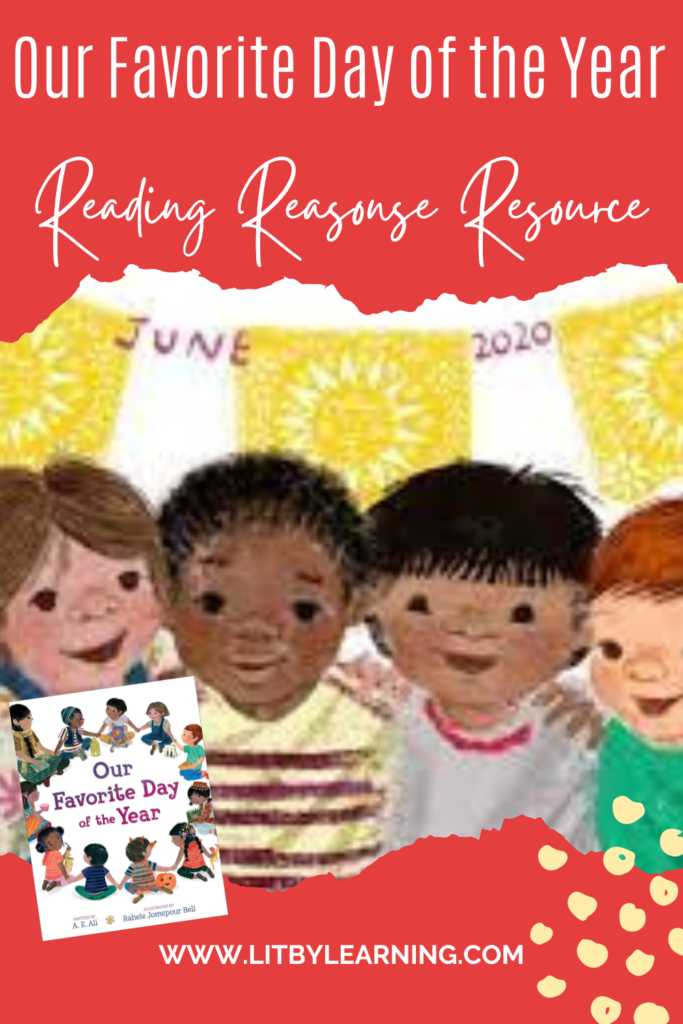
Learning for Justice: Avoiding the Holiday Balance
This learning for justice article is a great place to start when asking about how an anti-bias classroom should handle the holiday season! The text indicates that while educators may have the best of intents at “balancing” holidays, the overwhelming emphasis almost always falls on Christmas. They also caution against the tourism model of labeling some holidays as “normal” and others as “exotic.”
Your anti-bias classroom next step according to Learning for Justice
Avoid being December-centric: Important holidays happen year-round! Recognize and learn about cultural holidays that happen throughout the school year instead of zooming in on only December! Check out one of my favorite read-alouds to discuss this here.
The issue of presenting holidays equally is one of the tallest hurdles when trying to implement an inclusive, representative approach. It takes perseverance and commitment on your part to create and maintain balance; however, your time is well-spent when your efforts lead to a more equitable and balanced holiday curriculum.
Avoiding the Holiday ‘Balance Traps’ – Learning for Justice
NAEYC: Anti-Bias Education and Holidays – Making Thoughtful Decisions
This National Association for the Education of Young Children (NAEYC) article about anti-bias classrooms underscores that there are no universal holidays. Even if they are commercialized and secularized, all holidays have some national or historic connection to a specific group or belief system. They are, by nature, biased.
Your anti-bias classroom next steps according to NAEYC:
- Place emphasis on children learning from each other! Provide structures and space for children to share about what holidays they celebrate. Even further, encourage children to discuss the various ways that they celebrate even the same holidays. This encourages a safe space where diversity is normalized.
- Pay close attention to the language you use during the holidays!
- Consider creating school or class-specific opportunities for celebration. Rather than rely on largely-recognized holidays to bring the festive spirit, make up your own!
- Help children understand why some students do not or can not celebrate the way that they do. Normalize difference!
Understanding the different ways people do and don’t celebrate; learning accurate, respectful vocabulary about holidays; broadening children’s worldview of what a holiday is—these are all wonderful, powerful learning outcomes for children about holidays. Activities that foster these objectives prepare children to live in a diverse society with respect while cherishing their own beliefs. Taking the time to thoughtfully discuss how to make respectful learning about holidays a part of your curriculum is worth the results when all children and families feel that they are cared about and belong in your program.
Anti-Bias Education and Holidays – Making Thoughtful Decisions (NAEYC)
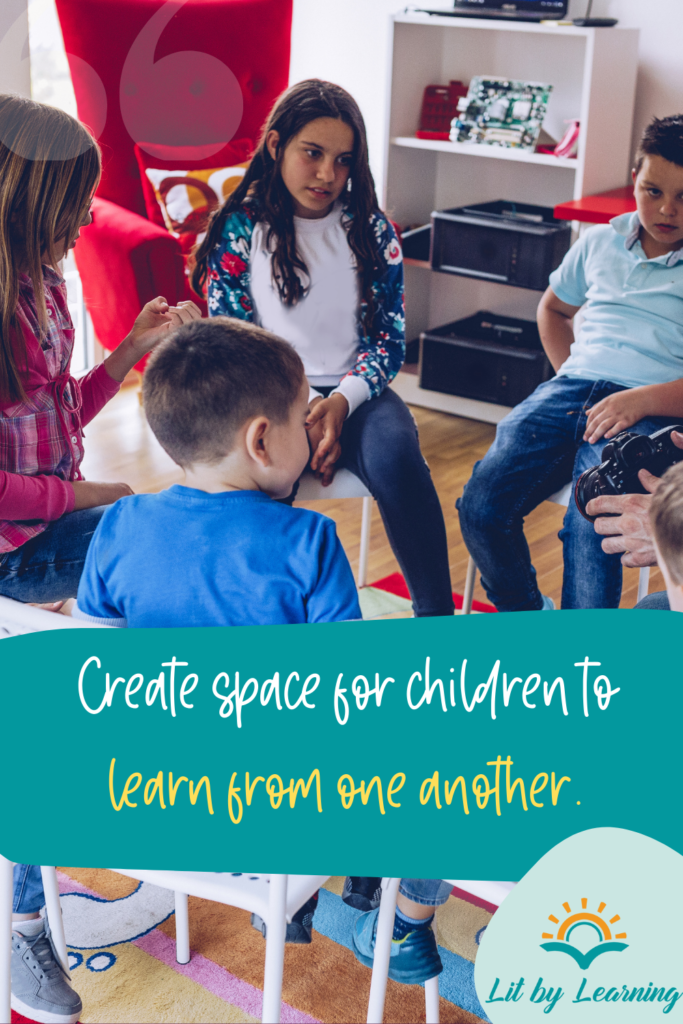
Anti-Defamation League: Consideration for Inclusive Holidays and Observances
This ADL article intended for anti-bias classroom teachers starts by recognizing that holidays present an opportunity for students to get a window into others’ cultures. That said, the article emphasizes the importance of knowing your unique students and taking a critical eye to stereotypes and norms. Like the NAEYC article, it also points back to the religious (aka biased) origin of most holidays.
Your anti-bias classroom next steps according to the ADL:
- Check out their calendar of observances! This inclusive list helps busy equity-minded teachers like you keep track of when diverse holidays are celebrated! Consider creating your own custom calendar using the holidays your students celebrate. I love to gather this information at the beginning of the school year using this survey.
- Connect to content! Transform a holiday into a time to connect to issues of equity and justice. Bring in multiple texts to help your students dive deeper.
With thoughtful consideration and planning, holiday classroom observances and celebrations can be inclusive, respectful, educational and fun.
Considerations for Inclusive Holidays and Observances (ADL)
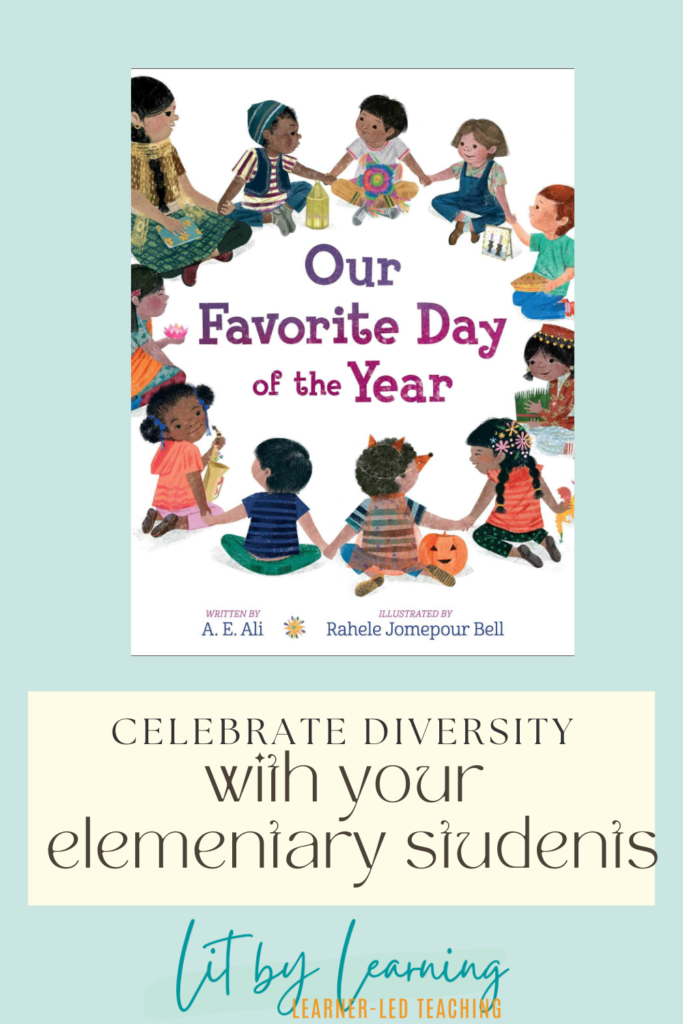
Best Practices: the anti-bias classrooms and Holidays
In all of these posts, anti-bias educators are encouraged to be mindful in their decisions in the holiday season in beyond. Use this checklist to help you remember the critical points!

Make sure you check out these other blog posts from Kate at Lit By Learning!
- How to Build a Student-Centered vs. Teacher Centered Classroom
- 20 Questions to ask Parents for a Culturally Responsive Classroom
- 5 tips to center gratitude in your elementary Classroom
Looking for resources to use in your student-centered, anti-bias classroom? Check out my store on Teachers Pay Teachers!

